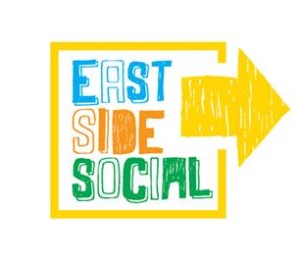There are tons of articles and lists about the best apps for kids with autism. However, you may be missing out on one of the best possible uses of smartphones and tablets for improving services for your learner: the camera app that is already built into the device.
A wealth of research has shown the efficacy of using video modeling to teach children and adults with autism, to train staff on how to implement programs and procedures, and to train parents on interventions. Smartphones and tablets make creating such videos much easier than it was in the past. Here’s why you should be using smartphones and tablets for video modeling for autism, as well as a few things to consider:
- Be sure you have named the steps of the procedure or program you are modeling. It may be helpful to have those steps written down for the person using the video model.
- If you are a teacher or practitioner recording your learner, be sure you have consent from the individual’s guardian(s). Also, check in about any recording policies at your school or center.
- If you are a parent struggling to implement an intervention, request that the teacher or practitioner create a video model. It’s helpful to see someone else doing and to be able to refer back to that video as necessary.
- If you are taking video of your learner for the first time, you may want to set up the tablet or smartphone without taking video for a few sessions before you actually create the video model. This will help avoid problems with the learner changing his or her behavior because a new (and often desirable) object is in the environment.
- Consult the literature! As I mentioned before, there is a huge amount of research on video modeling. In recent years, it has been used to teach children with autism to make requests (Plavnick & Ferreri, 2011), increase treatment integrity for teachers implementing interventions (DiGennaro-Reed, Codding, Catania, & Maguire, 2010), teach children how to engage in pretend play (MacDonald, Sacramone, Mansfield, Wiltz, & Ahearn, 2009), increase social initiations of children with autism (Nikopoulos & Keenan, 2004), and more.
With the easy-to-use technology at our fingertips every day, video modeling is a simple and efficient way to demonstrate a new skill. This basic use of smartphones and tablets should not be overlooked because it can have a huge impact on teaching learners with autism new skills or helping parents and staff implement stronger programs and interventions.
References
DiGennaro-Reed, F. D., Codding, R., Catania, C. N., & Maguire, H. (2010). Effects of video modeling on treatment integrity of behavioral interventions. Journal of Applied Behavior Analysis, 43(2), 291–295.
MacDonald, R., Sacramone, S,. Mansfield, R., Witz, K., & Ahearn, W.H. (2009). Using video modeling to teach reciprocal pretend play to children with autism. Journal of Applied Behavior Analysis, 42(1), 43–55.
Nikopoulous, C.K. & Keenan, M. (2004). Effects of video modeling on social initiations by children with autism. Journal of Applied Behavior Analysis, 37(1), 93–96.
Plavnick, J. B., & Ferreri, S. J. (2011). Establishing verbal repertoires in children with autism using function-based video modeling. Journal of Applied Behavior Analysis, 44(4), 747–766.
WRITTEN BY SAM BLANCO, MSED, BCBA
Sam is an ABA provider for students ages 3-12 in NYC. Working in education for ten years with students with Autism Spectrum Disorders and other developmental delays, Sam has developed strategies for achieving a multitude of academic, behavior, and social goals. Sam is currently pursuing her PhD in Applied Behavior Analysis at Endicott College.

 The Social Skills Picture Book
The Social Skills Picture Book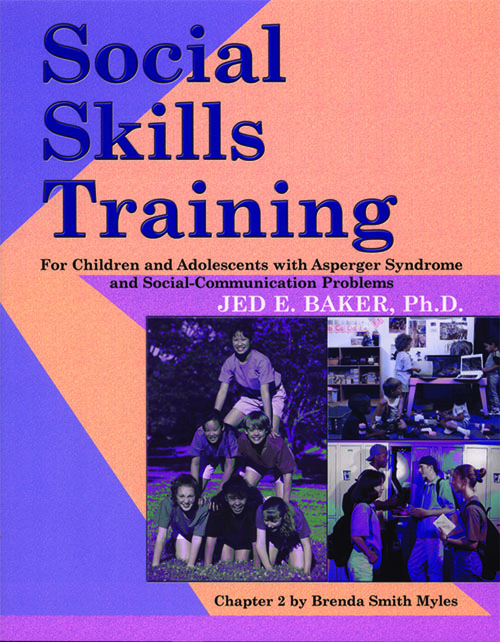


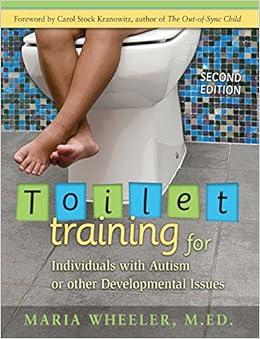
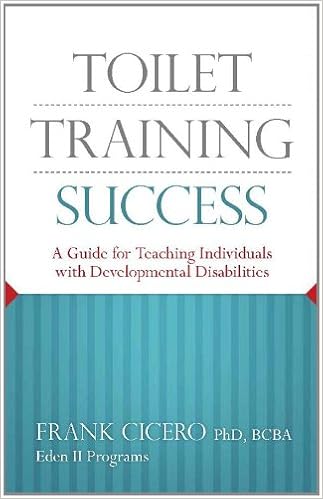
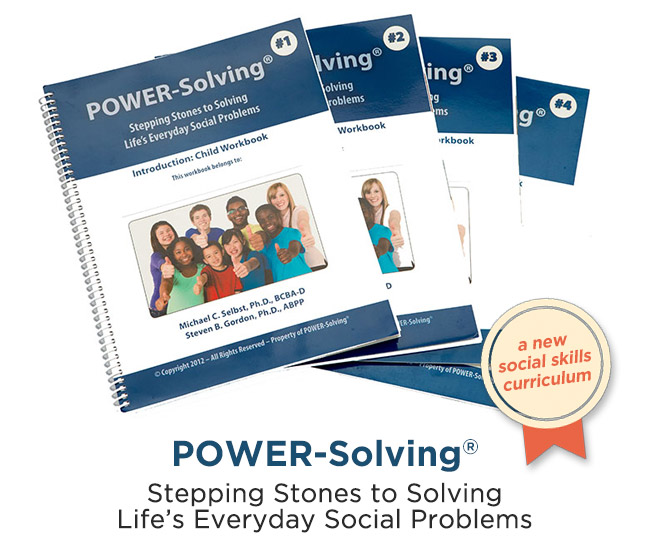
 We offer class kits including 5 or 10 sets of Student Workbooks and Facilitator Guides to accommodate larger groups.
We offer class kits including 5 or 10 sets of Student Workbooks and Facilitator Guides to accommodate larger groups. Each Student Workbook Set and Facilitator’s Guide Set covers 4 areas of everyday social situations:
Each Student Workbook Set and Facilitator’s Guide Set covers 4 areas of everyday social situations: Social Information Processing (SIP) is a widely studied framework for understanding why some children and adolescents have difficulty getting along with their peers and adults.
Social Information Processing (SIP) is a widely studied framework for understanding why some children and adolescents have difficulty getting along with their peers and adults. The
The  Steven B. Gordon, PhD, ABPP is the Founder and Executive Director of Behavior Therapy Associates, P.A. He is a clinical psychologist and is licensed in New Jersey. Dr. Gordon is also Board Certified in Cognitive and Behavioral Psychology by the American Board of Professional Psychology and is a Diplomate in Behavior Therapy from the American Board of Behavioral Psychology. Dr. Gordon has co-authored three books, published numerous articles, presented papers at local and national conferences, and served on editorial boards of professional journals. Most recently, Dr. Gordon and Dr. Selbst have co-authored the new social-emotional skills program
Steven B. Gordon, PhD, ABPP is the Founder and Executive Director of Behavior Therapy Associates, P.A. He is a clinical psychologist and is licensed in New Jersey. Dr. Gordon is also Board Certified in Cognitive and Behavioral Psychology by the American Board of Professional Psychology and is a Diplomate in Behavior Therapy from the American Board of Behavioral Psychology. Dr. Gordon has co-authored three books, published numerous articles, presented papers at local and national conferences, and served on editorial boards of professional journals. Most recently, Dr. Gordon and Dr. Selbst have co-authored the new social-emotional skills program  Michael C. Selbst, PhD, BCBA-D is Director of Behavior Therapy Associates, P.A. He is a Licensed Psychologist and a Certified School Psychologist in New Jersey and Pennsylvania. He is also a Board Certified Behavior Analyst at the Doctoral level. Dr. Selbst has co-founded and is the Executive Director of HI-STEP® Summer Program, which is an intensive five-week day program for children to improve their social skills and problem solving ability, and the Director of the Weekend to Improve Social Effectiveness (W.I.S.E.). He has extensive experience working with pre-school aged children through adults, including individuals who have social skills deficits, emotional and behavioral difficulties, learning disabilities, gifted, and children with developmental delays, including those with Autism and Asperger’s Syndrome. Dr. Selbst consults to numerous public and private schools, assisting parents, teachers, and mental health professionals, and presents workshops on all topics highlighted above, as well as Parenting Strategies, Depression, and Suicide Prevention. Dr. Selbst and Dr. Gordon have co-authored the new social-emotional skills program
Michael C. Selbst, PhD, BCBA-D is Director of Behavior Therapy Associates, P.A. He is a Licensed Psychologist and a Certified School Psychologist in New Jersey and Pennsylvania. He is also a Board Certified Behavior Analyst at the Doctoral level. Dr. Selbst has co-founded and is the Executive Director of HI-STEP® Summer Program, which is an intensive five-week day program for children to improve their social skills and problem solving ability, and the Director of the Weekend to Improve Social Effectiveness (W.I.S.E.). He has extensive experience working with pre-school aged children through adults, including individuals who have social skills deficits, emotional and behavioral difficulties, learning disabilities, gifted, and children with developmental delays, including those with Autism and Asperger’s Syndrome. Dr. Selbst consults to numerous public and private schools, assisting parents, teachers, and mental health professionals, and presents workshops on all topics highlighted above, as well as Parenting Strategies, Depression, and Suicide Prevention. Dr. Selbst and Dr. Gordon have co-authored the new social-emotional skills program  Help students stay on task throughout their day with these newly added visual schedule boards. This week, we’re offering 15% off the
Help students stay on task throughout their day with these newly added visual schedule boards. This week, we’re offering 15% off the 
